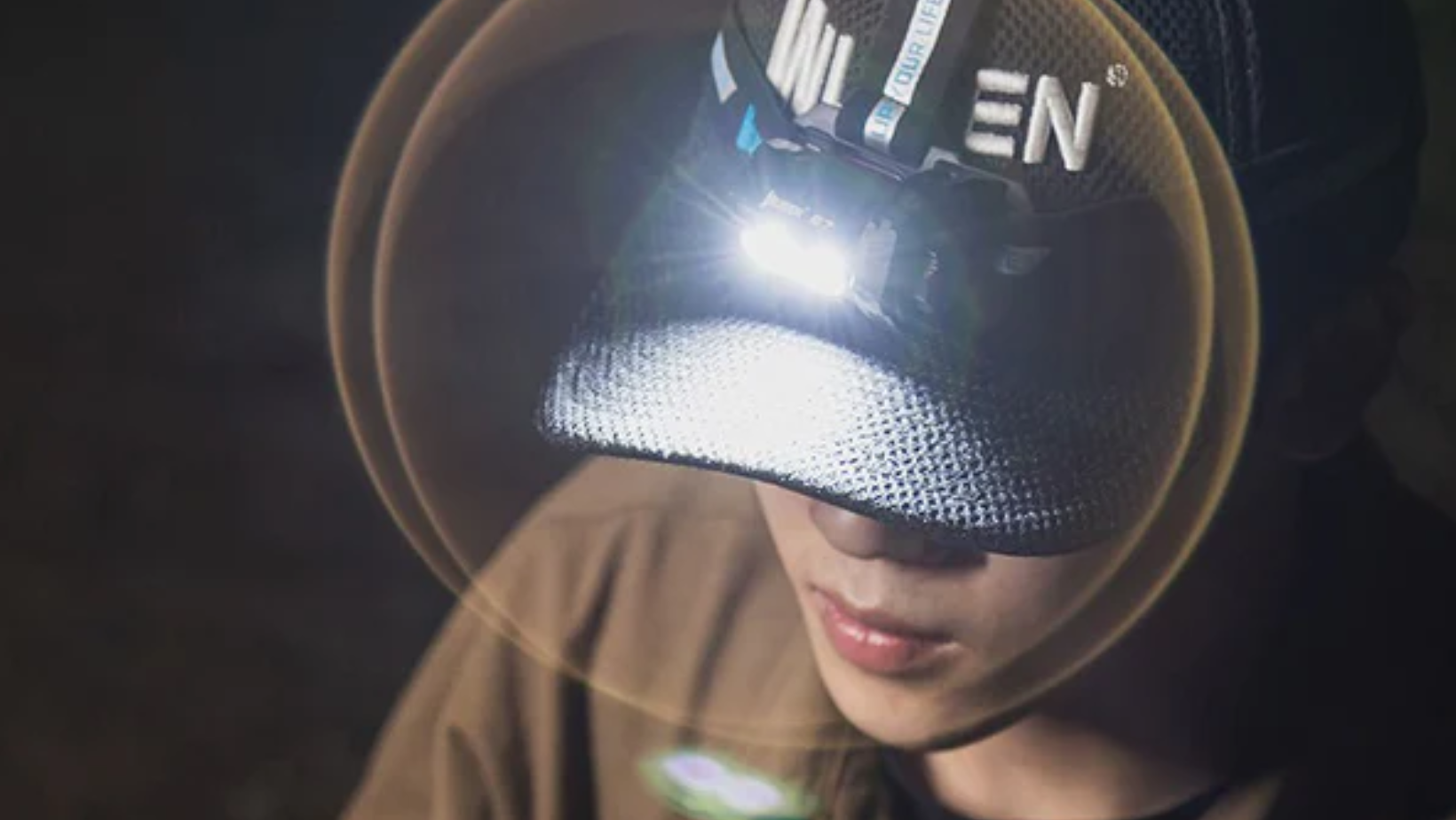There is no tool that can be regarded as being more versatile than the headlamp when going for outdoor activities, because it plays a crucial role such as the provision of much necessary illumination from the time you start your night hiking, to the time when you are doing the setting up of camp long after darkness has covered everything. Nevertheless, an assortment of headlights on the market makes it a hard but certain choice. It is not only a matter of choosing the brightest flashlight; you must take into account factors some factors.
In this article, some key points are discussed to give you a general overview of this so that you get a reliable headlamp companion. Check out the Wuben E7 Headlamp as a perfect choice for flashlight enthusiasts.
4 Essential Points Worth Considering When Choosing A Headlamp
1- Sustained Brightness
Consistent and prolonged brightness should be the basis for lighting, so activities that require the light to be stable for a certain period can be performed. Different from the initial lumen output which could be very high, the sustained brightness focuses on how long the headlamp can keep out a bright reminder light. The light head's design as well as the light power are responsible for this factor being so. Look for models that have controllable outputs, where the light remains stable throughout until it's about to run off the battery. Unlike a regulated flashlight where the beam gradually fades as battery power fails, an unregulated flashlight will remain constant until battery power is completely transmitted. This can be less reliable than the situation where consistent illumination is very important.
2- Battery Life
Battery life is a critical consideration, especially for those planning to use the headlamp for extended periods without access to charging facilities. Evaluate the type of batteries used (rechargeable vs. disposable) and the run time offered at various brightness settings. Rechargeable batteries can be more cost-effective and environmentally friendly, but they may not always be practical for long, remote trips where recharging options are limited. Some headlamps offer a hybrid option, accommodating both rechargeable and disposable batteries, which can be a versatile choice for many adventurers.
3- Weight
The lighter weight of the headlamp is an important attribute, specifically in the case of people who do heavy activities and even speed running which includes those who are running and climbers. Lightweight headlamps help to prevent neck strains more or less and relieve you from discomfort in general. However, it is always a possibility that lightweight models can come at the expense of power; lighter models may not shine brightly or as long even as most of them. In addition to weight, one may also take into account the placement of a headlamp and a battery pack as a poorly balanced headlamp may easily turn uncomfortable or may become awkward during active use.
4- Stability
The stability of a headlamp ensures that the beam of light stays at the spot and will not shift even if you are busy performing your activity. This is particularly important in high-motion activities like running or technical climbing. A reliable headlamp should feature adjustable and snug straps giving the device a steady fixation against your head without sliding and jumping. Furthermore, the design should not allow unplanned tilting or swivelling because such actions can be distracting and unsafe, especially in critical moments.
Conclusion
When choosing a headlamp, it’s essential to balance these key features according to your specific needs. Consider how each factor — sustained brightness, weight, battery life, and stability — will impact your activity and comfort level. By prioritizing these aspects, you can select a headlamp that not only meets but enhances your nighttime outdoor experiences, ensuring safety and convenience in any condition.


